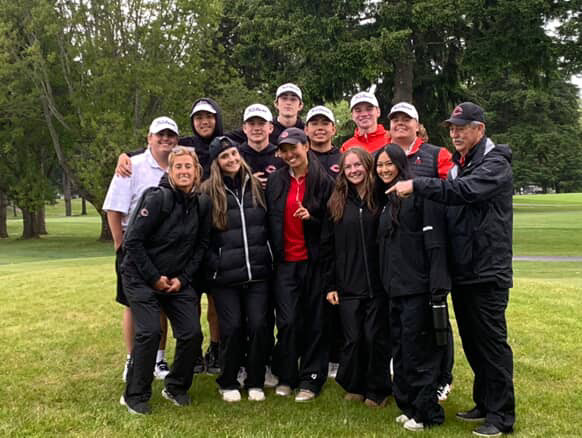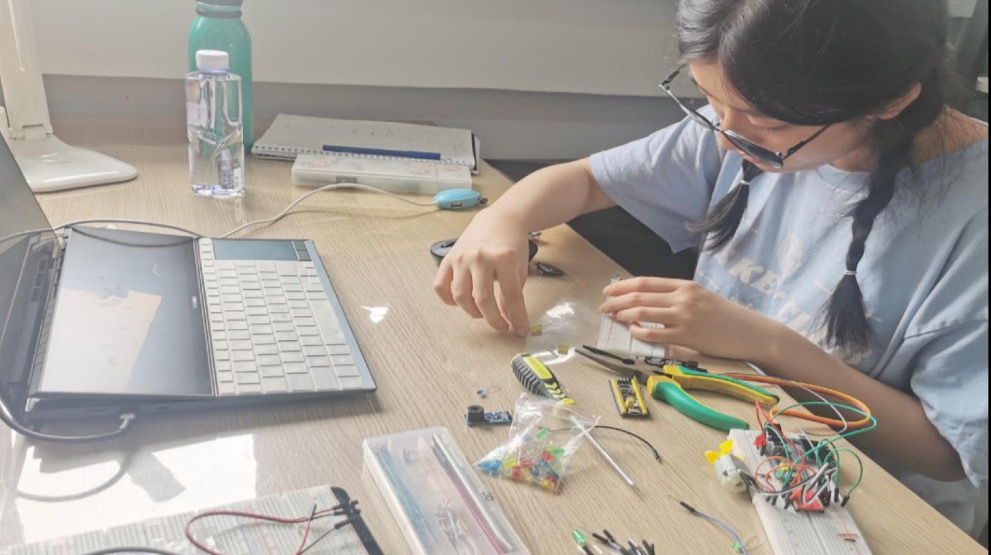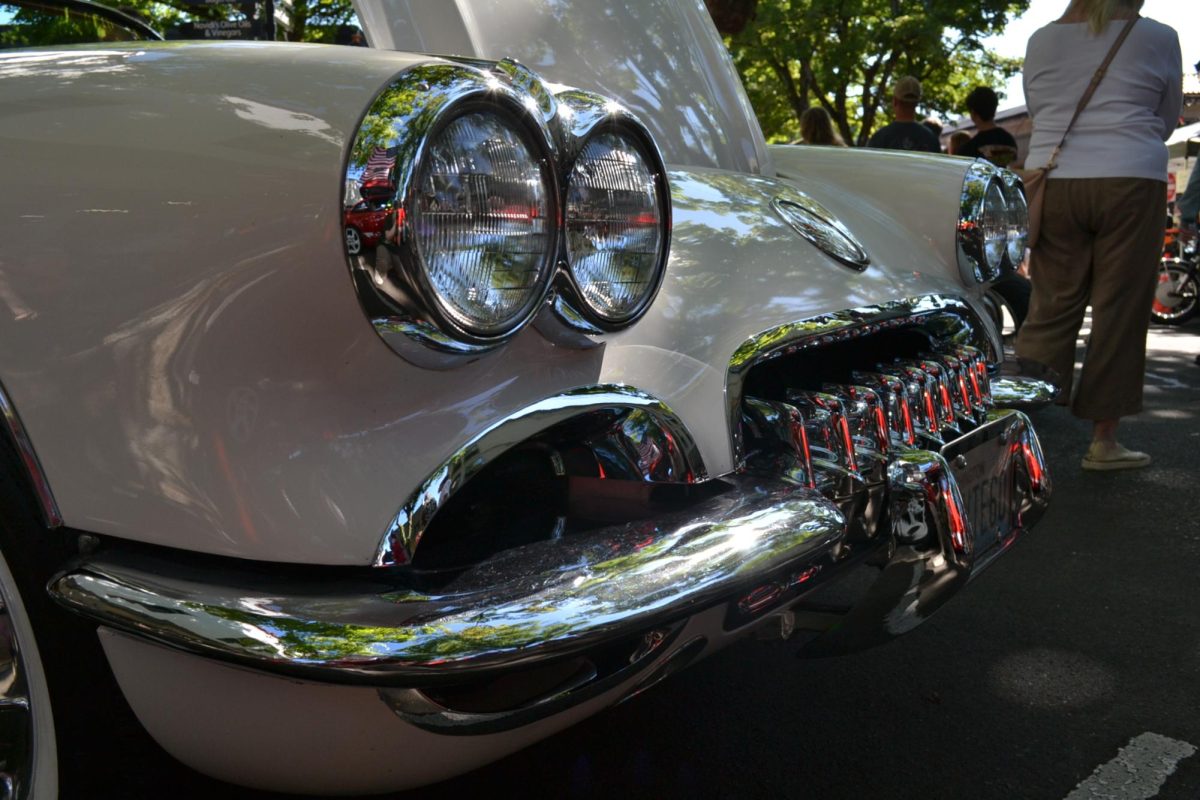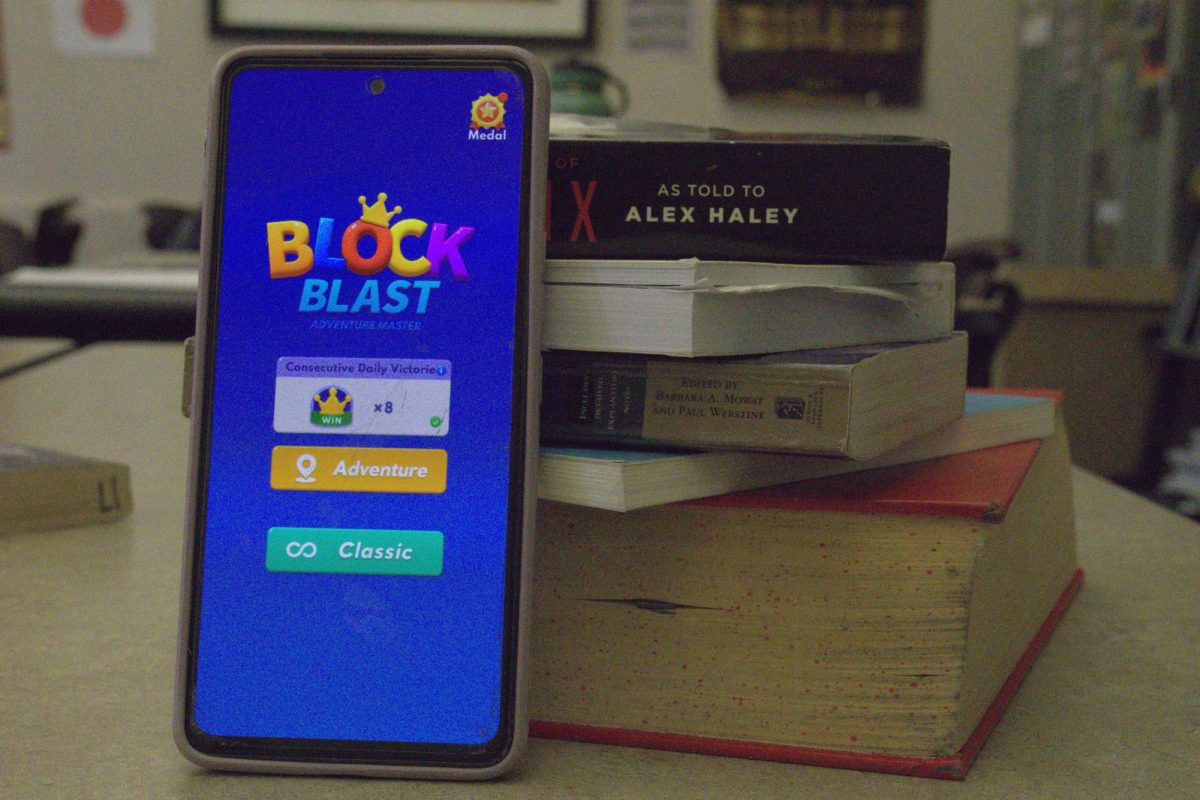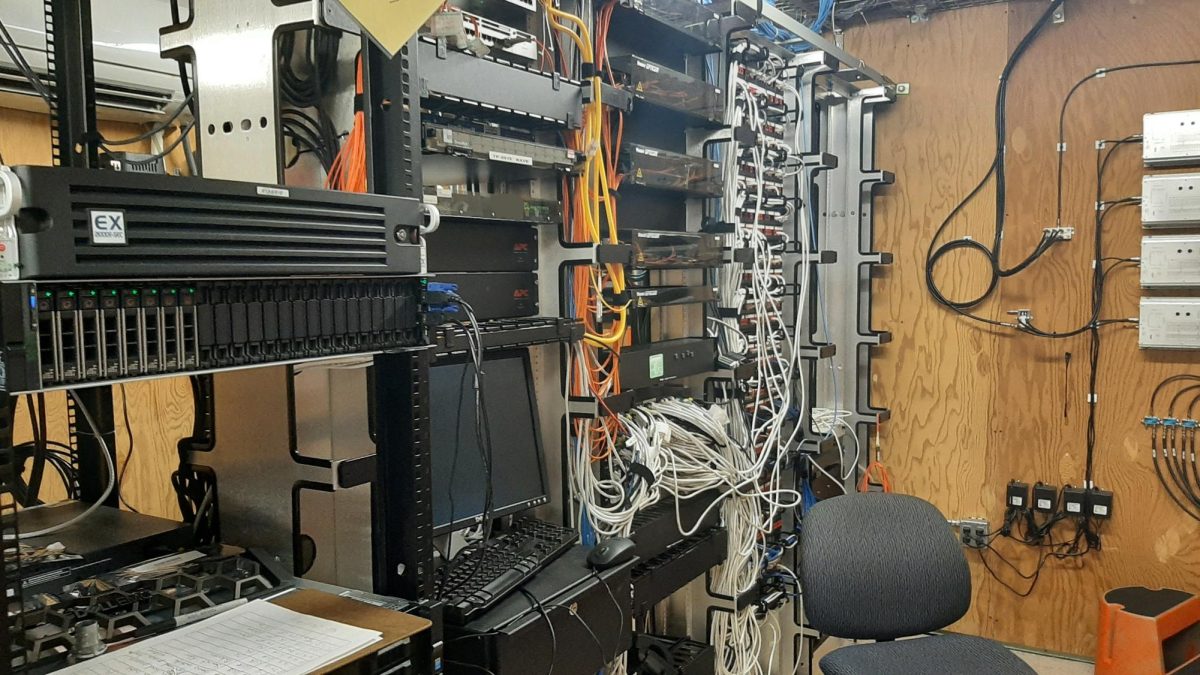In the modern world—with smartphones and instant messaging—the rise of ham radio might seem somewhat surprising; it is a century-old method of communication that has been made essentially obsolete. But for many people, despite the overwhelming convenience found in modern technology, it is a fascinating hobby. For most who enjoy it, it is not just about communication, but about embracing the technical challenges and the nostalgic wonder that can be found within the sphere of ham radio.
A Unique Challenge in the Digital Era

Josef Hoffman, an English teacher and longtime ham radio operator, believes the renewed interest in ham radio comes from its hands-on nature and the mental stimulation it provides.
“Unlike modern technology, where things are automatic and taken for granted, ham radio requires problem-solving and understanding the mechanics of communication,” Hoffman said.
Hoffman added that while many assume ham radio is about sitting indoors and talking into a microphone, in reality, it has evolved into something much more dynamic and adventurous.
One of the most intriguing aspects of ham radio today is the “Summits on the Air” (SOTA) program, a favorite among outdoor enthusiasts. In SOTA, hobbyists carry lightweight radios to mountaintops to make contact with others. Hoffman described his experiences with the program, emphasizing the satisfaction of blending outdoor adventure with technical expertise.
“You take your small radio, climb a mountain, and make four contacts. It’s a challenge and an accomplishment all in one,” Hoffman said.
The Return of Morse Code
Surprisingly, Morse code, a method of communication long considered obsolete in modern contexts, has made a comeback in the ham radio world. Hoffman pointed out that Morse code’s efficiency makes it ideal for long-distance communication with low-power radios.
“It’s like a force multiplier,” Hoffman said.
He noted that the same signal power can reach 10 times farther when using Morse code compared to voice communication. This efficiency has rekindled interest in this old technique, especially among those who enjoy the precision and skill it requires.
For Hoffman, Morse code is more than a functional tool. It is a way to connect with the history of communication. As a teacher, he is fascinated by the philosophical aspects of communication.
“Using Morse code is like stepping out of the digital ocean we live in today and experiencing a form of communication that once shrank the world,” Hoffman said.
It offers a rare chance to reflect on how far we have come while still appreciating the timeless elements of human connection.
Why the Resurgence?
So why, in an age where we can communicate with the world instantly, are people returning to ham radio? According to Hoffman, the answer lies in the balance between technical challenge and human connection. Ham radio operators are not just solving problems—they are also building lasting friendships.
He highlighted the social benefits that often catch newcomers off guard.
“You’d be surprised at the lifelong friends you can make through this hobby,” Hoffman said.
Additionally, modern advancements have made ham radio more accessible. Equipment has become smaller, cheaper and more portable. In contrast to the bulky and expensive radios of the past, today’s operators can get started with a relatively low investment.
Hoffman noted that ham radio once seemed like a dying hobby. However, the removal of the Morse code requirement for certain licenses in 2007 helped stabilize interest. Now, even younger people are finding their way into the community, particularly through activities like SOTA.
A Tinkerer’s Dream
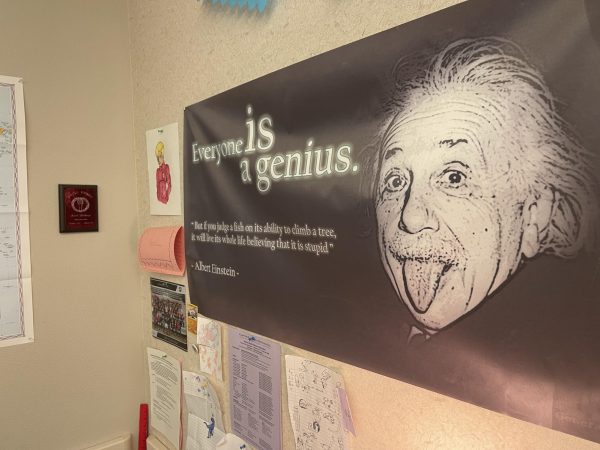
For those who love to tinker and experiment, ham radio offers endless opportunities. Whether it is building antennas, troubleshooting signal issues or experimenting with digital modes of communication, amateur radio continually pushes operators to learn new skills.
“You’re constantly solving problems, whether it’s related to geography, engineering or software. It makes you a smarter person because you’re always learning,” Hoffman said.
This element of continuous challenge is a big part of what draws people back to ham radio, even in a world filled with more convenient ways to communicate. While ham radio might seem outdated to some, its ability to stimulate both the mind and body through outdoor activities and hands-on experimentation gives it a unique place in the modern world.
Conclusion
Ham radio may be old technology, but its appeal for many in the digital age is undeniable. For people like Hoffman, it represents more than a simple hobby; it is a way to connect with history, challenge oneself and build lasting relationships. In a world where communication is instantaneous and effortless, ham radio offers a rare opportunity to slow down, solve problems and appreciate the intricacies of global connection.


